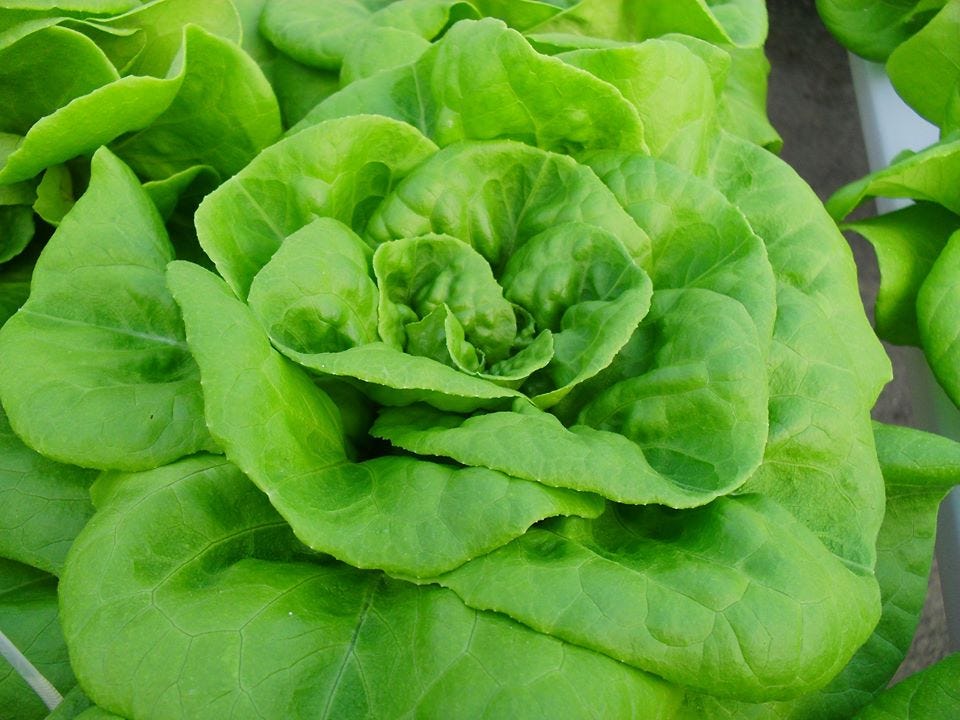Kentucky Dishes
Kentucky is known more for its signature beverages—bourbon, rye whisky, the mint julep, Kentucky toddy—than any food it produced. And it produced numbers of significant items, both ingredients and dishes –buttery Bibb Limestone Lettuce, cushaw squash, the Dyehouse Cherry—burgoo, Benedictine, the hot brown sandwich, lamb barbecue, bourbon balls, beer cheese, Derby Pie.
Possessing an environment similar to neighboring Tennessee, it shares certain dishes with that state, insisting its connection to them equals that of the volunteer state. Both celebrate chestnut soup, blackberry jam cake, black walnut cake. Yet certain of the baked goods found in the classic bluegrass cookbooks (I’m thinking of Lettice Bryan’s A Kentucky Housewife 1837, Housekeeping in the Blue grass 1879, Minnie C Fox’s The Blue Grass Cook Book 1904, Mrs Peter C White’s The Kentucky Housewife or Marion Flexnor’s Out of Kentucky Kitchens 1949) are particular to it: bluegrass plum cake, Kentucky Cake, Watermelon Cake. And there is a decided penchant for certain puddings: bluegrass pudding, chicken pudding, eggplant pudding, and apple pudding. We shouldn’t forget corn meal pudding bread.
Since the early 19th century Kentucky has developed a diversified grain culture. It grows soft winter wheat, oats for horses, corn, particularly yellow and white dent corn, six row winter barley, white mammoth rye (for the rye whiskey). The famous country gentleman white sweet corn came from the eastern part of the state in the late 19th century. The widespread planting of meal corn and sweet corn found expression in the diet. Corn bread and corn dodgers appear in every recipe collection. Hominy puffs appear in pre-1920 collections. Corn soup (a chowder style affair), corn pudding (old style with milky green corn cut from ears of field corn, or new style using sweet corn), stewed corn, and fried okra & corn were standard fare.
There were experiments with upland rice in the 19th century. Perhaps the only relic of that effort was recipes for rice muffins found in 19th century recipe books.
All of the standard garden vegetables were grown in Kentucky, yet few inspired distinctive preparations. Sweet fried tomatoes and green tomato catsup marked the horizon of innovation with that popular vegetable. Cabbage catsup was more daring. Parsnip fritters are an item with a distinctive taste that has fallen out of fashion. It is a classic vegetable preparation that deserves rehabilitation. Cucumber sauce too is an old pleasure that needs revisiting.
Meats were central to Kentucky diet. Turkey, lamb, beef, ham, venison, and game birds enjoyed favor when company called. Chicken salad became a dish subject to a great deal of elaboration. Chickens were fried, barbecued, stewed, and baked. Young birds were favored for frying, old birds were sent to the stew pot. Hog brains had a following. Veal hash and turkey hash appeared on many hotel breakfast menus. Yet Kentucky deviled turkey was the more imaginative handling of leftovers from the big bird.
Home cookery and hotel cookery engaged in a productive dialogue from the 1860s through the 1950s; then restaurants joined hotels as venues of professional culinary practice. The major population centers—Louisville, Lexington, Bowling Green, Owensboro, and Covington all offered a cosmopolitan array of ingredients, including seafood early on. Lettice Bryan’s seminal cookbook, The Kentucky Housewife (1837) features an eye-popping number of fish and shellfish recipes. Pelagic fish was transported up the Ohio River in live wells in ships and barges. The pantries of home bakers were stocked with spices from across the globe—mace, allspice, cinnamon, clover, and nutmeg. Apple pies and apple marmalade featured the flavors of the world besides the local fruit. Groceries in the state’s smaller towns were invariably stocked with cinnamon and nutmeg, salt and pepper. Just as they carried coffee, tea, sugar, and salt. Since World War II the road systems and air travel amplified the circulation of global ingredients to complement the things grown and raised locally. This access was important because in the early 20th century the restricted corn-based diet of Kentucky mountain folk led to outbreaks of pellagra, the vitamin deficiency disease.
Apple Marmalade
Baked Apple Pudding
Baked Indian Pudding
Beer Cheese
Benedictine
Bluegrass Plum Cake
Bluegrass Pudding
Bourbon Balls
Bourbon Pickle
Bread Fritters
Burgoo
Cabbage Catsup
Chicken Pudding
Chicken Salad
Corn Dodgers
Corn Meal Pudding Bread
Corn Muffins
Corn Soup
Cucumber Sauce
Cushaw Squash
Derby Pie
Deviled Turkey
Dried Cherries
Egg Bread
Egg Plant Pudding
Fried Eggplant
Fried Okra & Corn
Fried Sweetbreads
Green Tomato Catsup
Hogs Brains
Hominy Puffs
Hot Brown Sandwich
Kentucky Cake
Kentucky Toddy
Lamb Barbecue
Limestone Bibb Lettuce
Madeira Ice
Mint Julep
Parsnip Fritters
Potato Biscuits
Rice Muffins
Steam Pone
Stewed Green Corn
Stuffed Tomatoes
Sweet Fried Tomatoes
Turkey Hash
Veal Hash
Watermelon Cake






My grandmother had a kick-ass recipe for black walnut pound cake--I'm guessing BC black walnuts were prevalent in the Blue Ridge of Va as well as KY. David, would you pls send me the recipe for Watermelon Cake? xoxoxoB